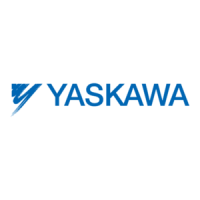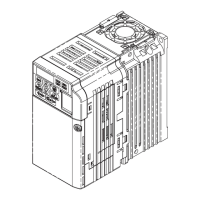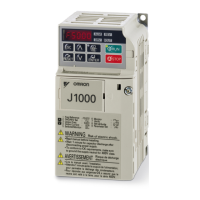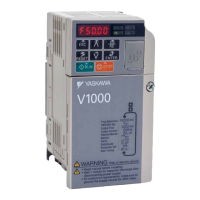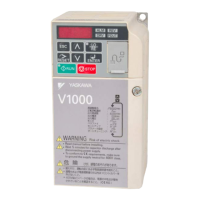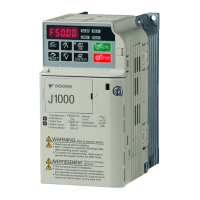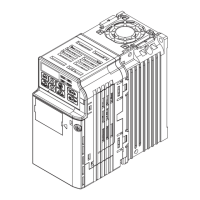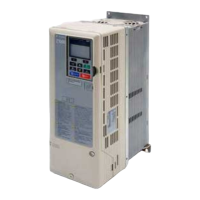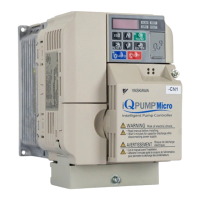7.10 Troubleshooting Without Fault Display
300 YASKAWA SIEPC71061753C GA500 Technical Manual
Causes Possible Solutions
The signal connections for forward run and reverse run on the drive control
circuit terminals and control panel side are incorrect.
Correctly wire the control circuit.
The motor is running at almost 0 Hz and the Speed Search estimated the
speed to be in the opposite direction.
Set b3-14 = 0 [Bi-directional Speed Search = Disabled], then the drive will only do speed search
in the specified direction.
◆ The Motor Rotates in Only One Direction
Causes Possible Solutions
The drive will not let the motor rotate in reverse. Set b1-04 = 0 [Reverse Operation Selection = Reverse Enabled].
The drive did not receive a Reverse run signal and 3-Wire sequence is
selected.
Activate the terminals to which H1-xx = 0 [3-Wire Sequence] is set, and then enable reverse
operation.
◆ The Motor Is Too Hot
Causes Possible Solutions
The load is too heavy. • Decrease the load.
• Increase the acceleration and deceleration times.
• Examine the values set in L1-01 [Motor Overload (oL1) Protection], L1-02 [Motor Overload
Protection Time], and E2-01 [Motor Rated Current (FLA)].
• Use a larger motor.
Note:
The motor also has a short-term overload rating. Examine this rating carefully before setting
drive parameters.
The motor is running continuously at a very low speed. • Change the run speed.
• Use a drive-dedicated motor.
The drive is operating in a vector control mode, but Auto-Tuning has not
been done.
• Do Auto-Tuning.
• Calculate motor parameter and set motor parameters.
• Set A1-02 = 0 [Control Method Selection = V/f Control].
The voltage insulation between motor phases is not sufficient. • Use a motor with a voltage tolerance that is higher than the maximum voltage surge.
• Use a drive-dedicated motor that is rated for use with AC drives for applications that use a
motor on drives rated higher than 400 V class.
• Install an AC reactor on the output side of the drive and set C6-02 = 1 [Carrier Frequency
Selection = 2.0 kHz].
Note:
When the motor is connected to the drive output terminals U/T1, V/T2, and W/T3, surges
occur between the drive switching and the motor coils. These surges can be three times the
drive input power supply voltage (600 V for a 200 V class drive, 1200 V for a 400 V class
drive).
The air around the motor is too hot. • Measure the ambient temperature.
• Decrease the temperature in the area until it is in the specified temperature range.
The motor fan stopped or is clogged. • Clean the motor fan.
• Make the drive environment better.
◆ The Correct Auto-Tuning Mode Is Not Available
Causes Possible Solutions
The desired Auto-Tuning mode is not available for the selected control
mode.
Change the motor control method with parameter A1-02 [Control Method Selection].
◆ The Motor Stalls during Acceleration or Accel/Decel Time Is Too Long
Causes Possible Solutions
The drive and motor system are at the torque limit or current suppression
will not let the drive accelerate.
• Decrease the load.
• Use a larger motor.
Note:
Although the drive has a Stall Prevention function and a Torque Compensation Limit
function, if you try to accelerate too fast or try to drive a load that is too large, it can be too
much for the limits of the motor.
Torque limit is set incorrectly. Set the torque limit correctly.
The acceleration time setting is too short. Examine the values set in C1-01, C1-03, C1-05, or C1-07 [Acceleration Time] and set them to
applicable values.
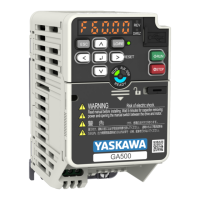
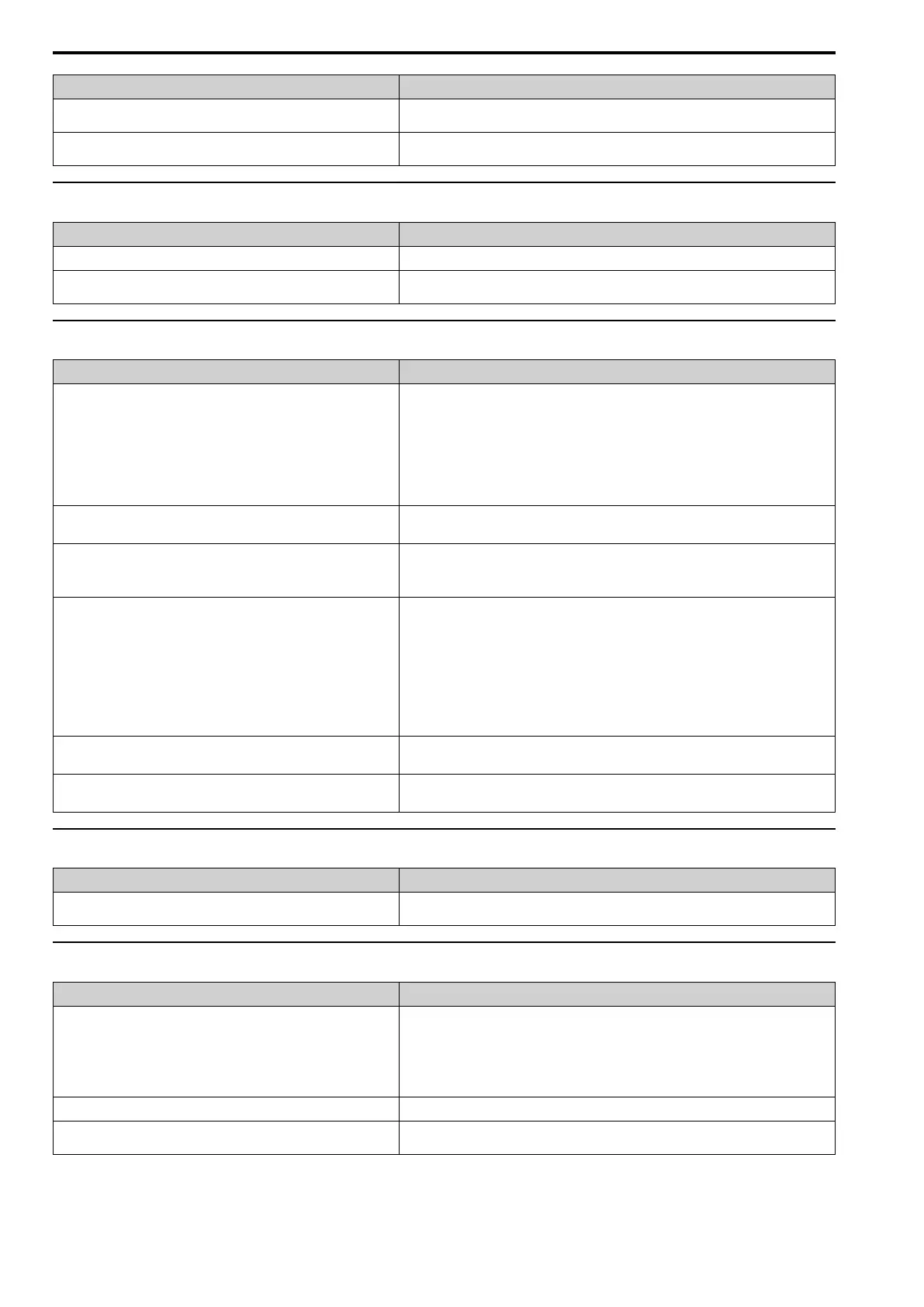